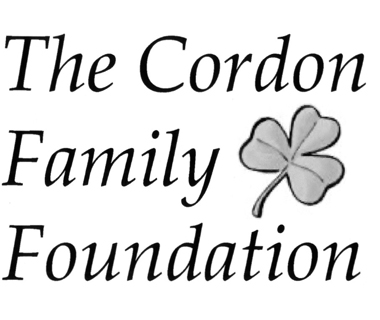by Krista Eliot, Pace Team Coordinator
I always suggest that any training program you take on incorporate at least several hill training days over the course of training in preparation for the Door County Half. Our course can be a fast course – if a runner is prepared for the hills.
There are a few, with the biggest and most intimidating coming at Sven’s Bluff at the end of mile 4 and into mile 5. Uphills, however, also come with downhills, so preparing a little for “up” and “down” hills will make the run that much more enjoyable. (And lest all this talk about hills scare you, trust me, the hills provide fantastic views of Green Bay/Lake Michigan so I tell people the vistas at the top help make up for the work getting up them).

As far as solid training plans, I direct runners to the Hal Higdon programs. When I first started running long distances and marathons, I turned to his training programs and saw vast improvement in my finish times and running stamina. There are a lot of training plans out there, and I feel some of them are pretty aggressive for the average runner. I highly recommend checking out Hal’s programs – they are really solid, smart plans to get you to the starting line in great shape (and avoid injury).
Here’s an excerpt from his training that applies really well to the Door County Half Marathon:
Hill Training: Hill training in this program is scheduled for every thirdThursday. I alternate hill training with tempo runs and interval training mainly to provide you with some variety in your training. If you want to juggle the workouts for your convenience, feel free to do so.
Even if your marathon of choice has a flat course (i.e., Chicago), hill repeats can be an important part of your training, because running hills will strengthen your quadriceps muscles. Also, there is less impact running up a hill than running fast on the flat. If your planned marathon is on a hilly course, you might want to run more than the half dozen hill workouts I’ve included in the Advanced 2 schedule. Best choice would be to substitute hill repeats for some, if not all, of the interval workouts. And/or do your tempo runs over a hilly course–if one is available to you.
The speed benefits of hill training are similar to those for interval training on the track. Olympic champion Frank Shorter refers to hill training “as interval training in disguise.” Select a hill about a quarter-mile long, but don’t worry about the pitch or the exact distance. Run up hard, as hard as you might during a 400 track repeat. Then turn and jog back down, repeating the uphill sprints until finished. If you plan to run a marathon with more downhill than uphill running (such as Boston), do some of your hill repeats down as well as up. This will condition your muscles to absorb the shock of downhill running. But don’t overdo it, otherwise you’ll increase your risk of injury. When I do hill repeats to get ready for Boston, I generally do two up to one down (2/1), but you might want to begin with 3/1 as your ratio.]

It does help to also incorporate some hills into your long runs (to get your body acclimated to running them when you might be tired – trust me, it helps make you stronger).
Another place to find sound training plans is through Coach Jenny Hadfield (who, by the way, has run our race and called it one of the most beautiful half marathons around). Find her info here>>
Best of luck to you in your training for our race and hopefully many more!

















